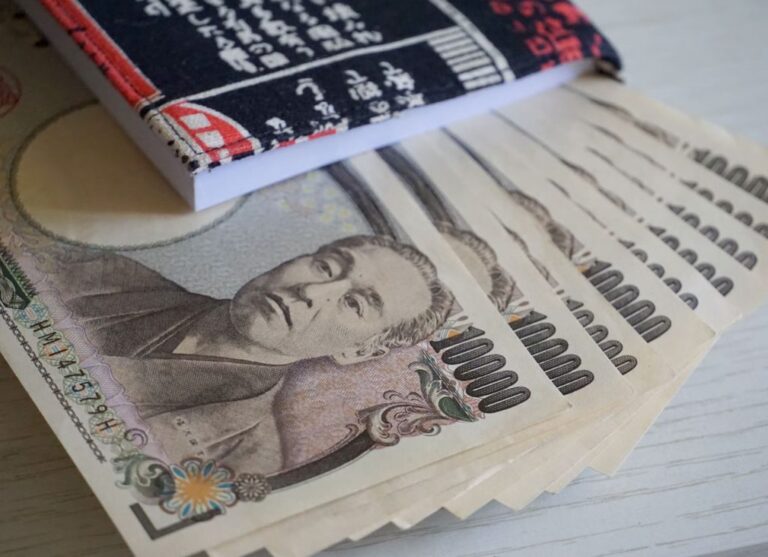
Morning Brief – Rand
Volatility has been a feature of markets mid-2022 to date. Once the realisation finally struck that inflation was not transitory after all and the implications of Russia’s invasion of Ukraine became apparent assets that remained stable in value or price were few and far between. In a world characterised by such widespread inflation, even a chasm between price and value was seeming to open up. However, when we consider the South African Rand as a stand alone currency, we would likely be forced to concede that the fallout in the currency pair has not been as severe, at the very least far less disorderly, than we might have imagined.
South Africa has an oversized twin deficit. That means that it both exports more than it imports in a given year and also borrows more than it raises in tax and other public revenues in a typical year. That means that its currency is a key vent for the melting pot of the SA economy. Having a requirement for net international borrowing leaves your debt and currency exposed to the whims of international investors and their willingness and ability to buy debt from the nation. Importation dependency above the level of exportation capacity also means that the net inflow of goods must be offset with a net outflow of cash. Conclusion: if anything hits the fan, it could be the Rand that ends up in the…
The South African Rand therefore has a structural aversion to rising perceived risk conditions and deteriorating financing conditions globally. Both of these two factors have been omnipresent for months now and forgiving a moderate and orderly revaluation in ZAR crosses, there has been no sign of the kind of instability that has beleaguered the currency in years gone by. These external factors have also created an environment in which the US Dollar has thrived. We have seen just how stretched these valuations have become elsewhere most notably driving EURUSD to parity. This impacts the Rand outside of the direct USDZAR cross. Due to the requirement to issue some debt in hard currency, it also directly impacts the solvency of the South African state.
Domestic economic fundamentals haven’t been pretty either, adding to the global financing pressures. The failings of state utility provider Eskom continue to result in load shedding and rolling blackouts undermining the domestic economy. Mining production, despite high international commodity prices, remains well below output observed this time last year further constraining the value of exports vital to the demand of ZAR in foreign exchange markets. This all means two things: either the time bomb has a longer fuse than we thought, and the relatively dormant ZAR has yet to erupt. Or this time, unlike in the past, global economic and financial pressures will not feed into great Rand depreciation.
Discussion and Analysis by Charles Porter

Click Here to Subscribe to the SGM-FX Newsletter
Related Insights

Morning Brief – Japanese Yen
Japanese Yen With JPY at a new 34 year low versus EUR, the market is set for an ambush by the Bank of Japan if it acts today at the end of their Policy Meeting to support the Yen. The reason that the market is susceptible is because it has convinced itself that the BoJ […]

Morning Brief – Coalition
Coalition This briefing is about South Africa and the Rand, which frequently proves to be one of the more divisive subjects within our roster of currencies. In particular, with the election looming, this will be about South African governance. Not from a political or human perspective about what may be the best long term outcome […]

Morning Brief – US Tariffs on Chinese Imports
US Tariffs on Chinese Imports Recently we wrote about how Mexico has become the Number One trade partner for the USA. It now transpires that Mexico may have had what is known as a little assist with their numbers: the statistics for the number of 20 foot shipping containers for the first three Quarters of […]



 Humphrey Percy
Humphrey Percy